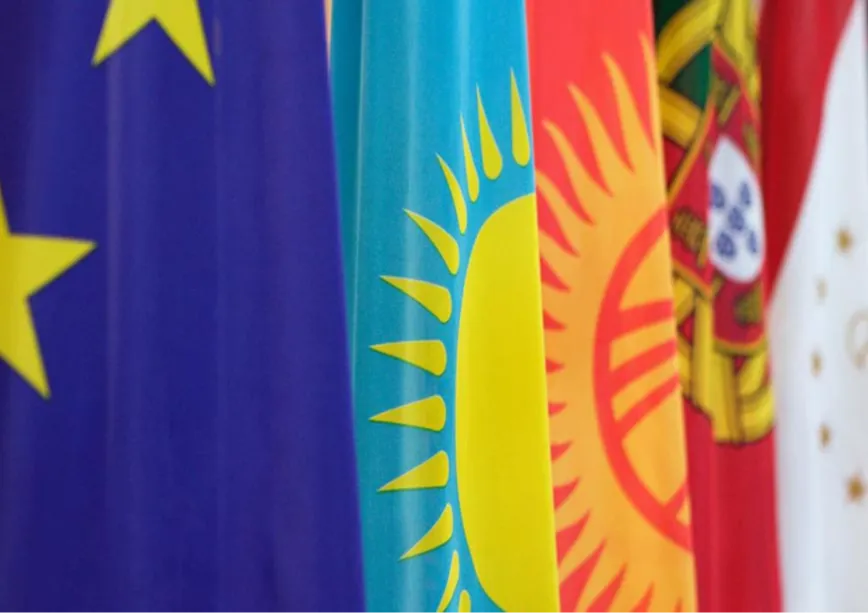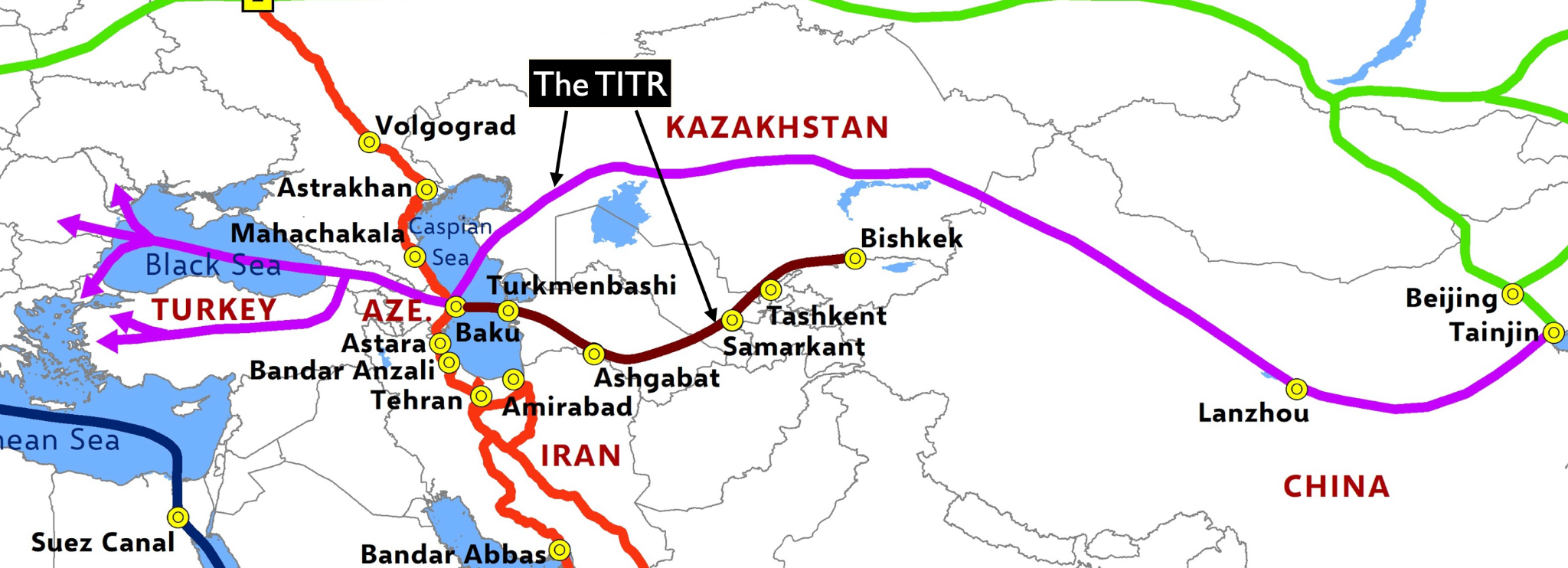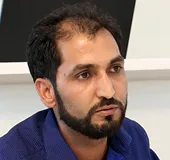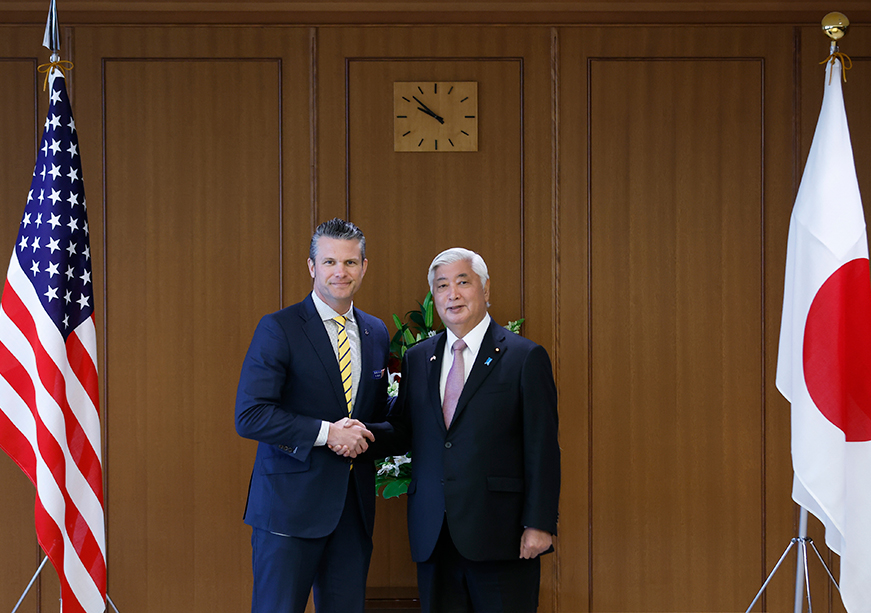
As the Russia-Ukraine conflict passes its second anniversary, the European Union (EU) and Central Asian Republics (CARs) face a significant supply-chains conundrum with increased geopolitical and geoeconomic dilemmas. Under such difficulties, the Global Gateway Investors Forum was held in Brussels in January 2024 for “sustainable transport connectivity” between the two regions. Supported by international and European financial institutions, the forum pledges US$ 11 billion for connectivity, thus marking a “pivotal step towards realising the ambitious vision” for reliable transnational connectivity.
Image 1: The proposed Trans-Caspian International Transport Corridor (TITR)

Source: Author’s own
The forum injects much-needed momentum into the Trans-Caspian International Transport Corridor (TITR) or Middle Corridor, which aims to link Europe with the CARs through the Black Sea and Caucasus region. This article analyses the strategic and geoeconomic aims of the proposed corridor and how it plays a key role in the EU and CARS’s regional strategy to counter Chinese and Russian influence.
Global Gateway: The EU's infrastructure playbook for Central Asia
The EU's Global Gateway, which started in 2021, is a strategic move for the transnational sustainable infrastructure and connectivity initiative. With US$ 450 billion earmarked between 2021 and 2027, Brussels aims to shape the narrative around global governance and secure its economic and geopolitical future in a world with multiple power players. Under this initiative, the EU has launched projects in Africa, South America, and Central Asia. The recent Global Gateway Investors Forum for EU-Central Asia announced investments worth US$ 11 billion to upgrade the infrastructure along TITR and CARs. This ambitious investment summit is backed by a thorough study conducted by the European Commission, aptly named "Study on Sustainable Transport Connections between Europe and Central Asia". The study proposes that US$ 20 billion is needed to unlock the full potential of the TITR with a roadmap for 33 infrastructure upgrades needed in existing structures along the route.
The recent Global Gateway Investors Forum for EU-Central Asia announced investments worth US$ 11 billion to upgrade the infrastructure along TITR and CARs.
Initiated in 2014, the TITR comprises over 4,250 km of rail lines and 500 km of seaways. With the Baku-Tbilisi-Kars railway line opening in 2017, the TITR is 2,000 km shorter than Russia's Northern Corridor, thus making it more economical and an ideal solution to sanction compliance issues. The corridor reduces travel time between Europe and Asia to 15 days compared to almost a month through the maritime routes. The TITR has had a lot of promising growth in recent years, with 49,000 cargo trains transiting between 2014 and 2021, with an annual increase of 92.7 percent. In 2021, the route transported a whopping 1.464 million 20-foot equivalent units of cargo by 15,183 container trains—a massive 22.4 percent and 29 percent surge, respectively, and the container traffic jumped another 33 percent in 2022. The countries seek to increase the route's capacity to 10 million tons by 2025, and the corridor can triple trade volume by 2030 if suitable investments and policies are implemented.
Geostrategic and geoeconomic rationale
Unlike China’s Belt and Road Initiative (BRI), the EU wants to increase the connectivity between all the CARs to increase operational efficacy, economic competitiveness and regional integration. The Russia-Ukraine war has upended Europe’s energy security, and the continent is still dealing with the loss of Russia's energy imports. In 2022, the EU signed a deal with the Caucasian countries to purchase gas from the Caspian Sea through the Southern Gas Corridor, and though the supply was not enough to replace Russia's supplies, it was considered strategic. The strategic imperative of the investments is also significant to access the rich hydrocarbon reserves of the CARs. The five CARs hold a proven and probable capacity of 48 billion barrels of oil and 292 trillion cubic feet of natural gas. Brussels wishes to capitalise on its sophisticated private sector to accelerate investments in the heart of Eurasia to get a more reliable supply of hydrocarbons.
The strategic imperative of the investments is also significant to access the rich hydrocarbon reserves of the CARs.
The growing convergence between the EU and CARs is a win-win situation for both blocks. The EU's policy is driven by bolstering its strategic autonomy, protecting (and diversifying) its supply chains, and augmenting physical connectivity in the region. For CARs, the Russian aggression in Ukraine has forced them to rethink their security and economic dependence on Moscow. The CARs now see Moscow threatening their stability, sovereignty and territorial integrity. Similarly, after Independence, the CARs recognised that increased engagement with China presented many opportunities; however, at the same time, Chinese hegemonic pursuits in the region have provoked mistrust. For example, in Tajikistan and Kyrgyzstan, where over half of their foreign debt belongs to Beijing. While Kazakhstan's exposure is smaller at 6.5 percent of GDP, Uzbekistan and Turkmenistan still owe China a significant 16 percent and 16.9 percent of GDP, respectively. If they fail to pay the debt, China has already forced the poorest countries, like Kyrgyzstan and Tajikistan, to insert clauses in agreements for greater asset control on BRI projects.
The Chinese investments under BRI have seen a large influx of Chinese workers in CARs, which in turn fuelled protests and violent conflicts against government apathy and Chinese presence. Since 2015, there have been 150 protests against the Chinese, particularly in Kazakhstan, Kyrgyzstan and Tajikistan, and the suppression of Muslims in Xinjiang has increased anti-Chinese sentiments. With Russia's assertive foreign policy and China's growing influence, CARs are seeking diverse partnerships for strategic autonomy and to explore alternative connectivity projects across Europe, South Asia, and the Middle East.
The Chinese investments under BRI have seen a large influx of Chinese workers in CARs, which in turn fuelled protests and violent conflicts against government apathy and Chinese presence.
Following the outbreak of the Russia-Ukraine conflict, the European Union has intensified its engagement with Central Asia, as evidenced by a series of high-level visits. Josep Borrell, Vice-President of the EU, aptly stated during the Global Gateway Investors Forum, “the Central Asia region is becoming a key player on the global stage.” Even so, the EU's policy towards the region is driven by a new realist agenda and echoes the recognition of an increasing role of the CARs in a multipolar world. The question remains on how CARs will take regional integration seriously, navigate regional disputes, and build resilient political and economic systems based on people-friendly constitutional reforms, thus improving the rule of law and gradual democratisation. By guaranteeing significant investments in new supply chains and tackling poverty in the Central Asian nations, the EU can forge a coherent and mutually beneficial partnership with the region.
Ayjaz Wani is a Fellow at the Observer Research Foundation.
Prithvi Gupta is a Junior Fellow at the Observer Research Foundation.
The views expressed above belong to the author(s). ORF research and analyses now available on Telegram! Click here to access our curated content — blogs, longforms and interviews.





 PREV
PREV



